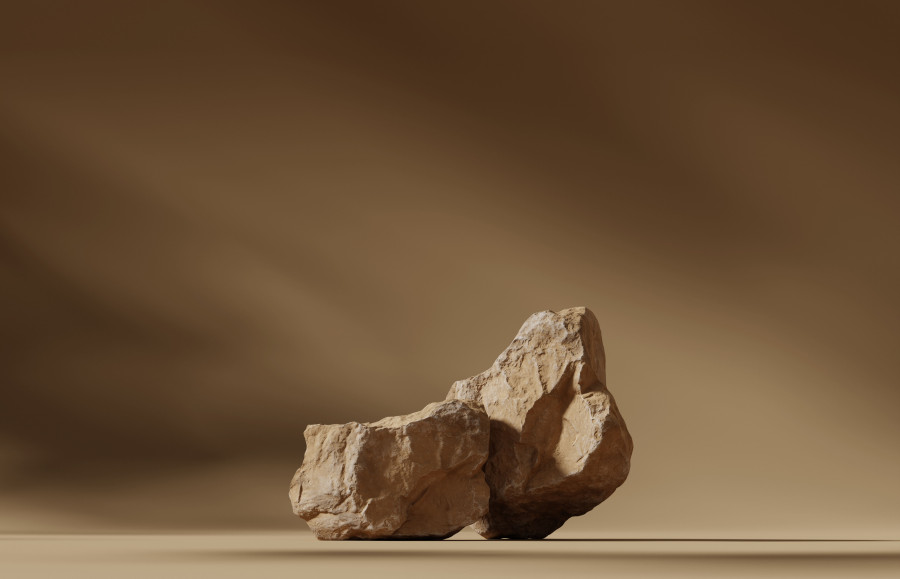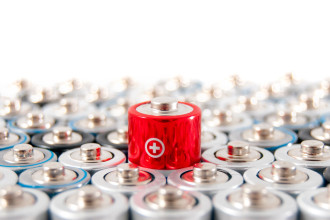The primary technology used for underground constructions is tunneling. Tunneling involves digging a tunnel into the ground and building the structure within the tunnel. There are different tunneling techniques, including cut-and-cover method, drill and blast method, and tunnel boring machine (TBM) method.
One of the significant problems associated with underground constructions is ventilation. As there is no natural air flow underground, the air quality can be hazardous, leading to health issues for those working in the construction site. Another major problem is water ingress. When building underground, the water table must be considered, as water can cause structural damage and collapse. Adequate waterproofing measures must be put in place to prevent water ingress.
Subway Construction
The TBM method is a game-changer in subway construction. TBMs are massive machines that can excavate through hard rock and soil with incredible speed and precision. They create a tunnel by digging and installing precast concrete segments as they move forward. The method is not only faster and more accurate than traditional methods, but it also produces less noise and vibration, which is essential in urban areas. Subways provide a cost-effective and efficient means oftransportation in cities, reducing congestion and improving air quality.

Hydroelectric Power Plants
Hydroelectric power plants are built underground, where water is stored in a reservoir and then released through a tunnel to generate electricity. The underground location provides a natural storage area for the water, and the tunnel is used to direct the water to the turbines that generate electricity. The technology used in hydroelectric power plants is highly sustainable and eco-friendly, producing clean and renewable energy without greenhouse gas emissions.
Waste Management Facilities
Waste management facilities, such as landfills, are often built underground to reduce the environmental impact of waste disposal. Underground landfills are designed to prevent pollution of the groundwater and reduce the odor and noise pollution associated with landfills. The waste is compacted and covered with layers of soil, and a system of pipes collects the leachate and gases produced by the decomposing waste. The collected gas can be used to generate electricity, making the facility even more sustainable.
Water Supply Systems
Water supply systems, such as reservoirs and pipelines, are often built underground to prevent contamination and reduce water loss. Reservoirs can be built underground to store water, and pipelines can be buried to transport water from the source to the treatment plants and distribution networks. The underground location protects the water from external factors, such as pollution and evaporation. Moreover, burying the pipelines and reservoirs saves land space, reducing the environmental impact of water infrastructure.
High-Speed Rail
High-speed rail systems are often built underground to minimize land use and reduce noise pollution. The tunnels are excavated using the TBM method, and the trains run on dedicated tracks within the tunnels. The underground location also protects the tracks from weather and reduces the risk of accidents. High-speed rail systems are a sustainable alternative to air travel, reducing greenhouse gas emissions and providing a faster and more comfortable means of transportation.
To Conclude
Underground constructions have been essential to human civilization for centuries. The technology used for building underground structures has evolved significantly over the years, with tunneling being the primary method. However, there are various problems associated with underground constructions, including ventilation and water ingress. Despite these challenges, underground constructions are being built for various purposes, including transportation, energy generation, waste management, and water supply. As technology continues to advance, we can expect to see more innovative and sustainable underground constructions in the future.
Quickscout
Looking for suitable
technology providers?
Start scouting!






